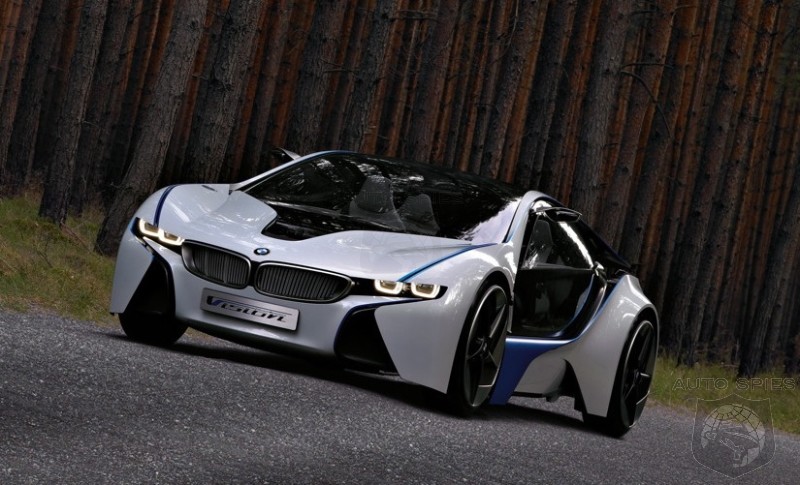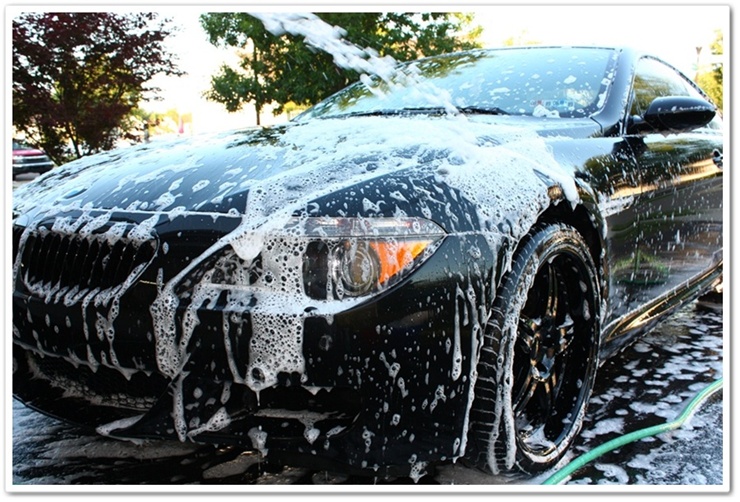Hm…that’s what comes to mind when you’re
posed with this question. Manual…you
begin to ponder, imagining yourself as a speed demon. You’re Evil Knievel reincarnate as your car
reaches gut-wrenching speeds, your hand fixated on your gearshift as you weave
through traffic. Picturing Automatic is
another animal. You can enjoy the
relaxation of not shifting gears, leaving more focus to the road and your
surroundings. The car ride is less work
on your skills and more about maintaining a smooth ride. So, when posed with the question of Manual
Vs. Auto, which is better? In today’s
blog we discuss the differences and let YOU decide…
Manual
If you’re in search of power, Manual
transmission is definitely the way to go.
For example, an automatic equipped Dodge Neon has a reported
0-60 MPH time of approximately 10.5 seconds.
The same Neon when equipped with a 5-speed manual has a reported 0-60
time of 8.1 seconds; a huge difference.
The acceleration offered from a vehicle with a manual transmission is
usually higher, because of the precise shifting the car encompasses.
Manual
transmissions also excel at fuel economy.
Most new Automatic cars have an EPA rating of only 1 or 2 MPG less than
the same model car with a manual transmission.
So, you’re not saving TOO much with a manual, but it is a small
difference.
When
it comes to maintenance, most manuals require less service than their automatic
counterparts. The clutch disc in manual
transmissions does need to be replaced on occasion. There are many factors that
determine how long a clutch will last such as driving style, the material the
clutch disc is made of, and the amount of city vs. highway driving. Clutch
replacement is often a labor intensive task and can cost several hundred
dollars if performed at a repair shop.
Automatic
Automatic
cars are easy. There’s no clutch or
shifter to control. That means city
driving is a breeze and commanding steep terrain is simple. There’s no ‘rollback’ with an automatic car
while its in drive, giving you more energy to controlling your car on the
road. If you live in a busy city its also
beneficial because of stop-and-go traffic.
An automatic takes away the worry of shifting gears, leaving an open
hand to perform a small task. Since
automatic cars only require one shift “D”, while driving forward it has a wider
appeal. So, if two people were sharing a
vehicle after its purchase no learning would be required. If one person couldn’t control a manual
transmission it could be easier for them to stick with an automatic.
Some
cars offer a “best of both worlds” style known as manumatics. The term differs from brand to brand, but the
vehicle could begin in automatic and be shifted into a manual mode that allows
control through the gears like a regular manual without the hassle of a clutch.
Automatic
cars also have a higher resell value.
The appeal for an automatic is much larger than that of a manual. Thus, becoming an easier seller for when you
trade-in your vehicle.
So,
we’ve given you the facts. What will you
choose??? What do you prefer? Feel free
to comment below:


